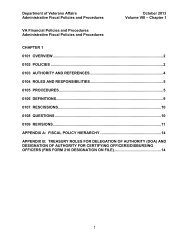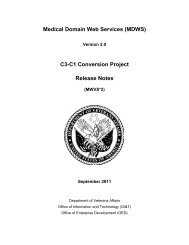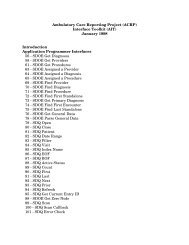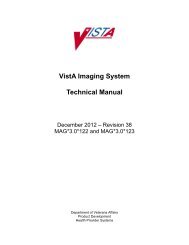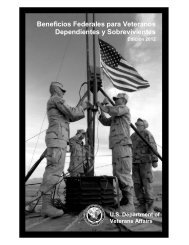Optimal Temperature for Cardioplegia During Coronary Artery ...
Optimal Temperature for Cardioplegia During Coronary Artery ...
Optimal Temperature for Cardioplegia During Coronary Artery ...
You also want an ePaper? Increase the reach of your titles
YUMPU automatically turns print PDFs into web optimized ePapers that Google loves.
OPTIMAL TEMPERATURE FOR CARDIOPLEGIA FINAL REPORT<br />
C. RCT Results<br />
Only one published RCT (Martin, 1994) found statistically significant and clinically<br />
important differences between cardioplegia temperature groups; the difference was in<br />
rates of post-CABG neurologic damage, and is not directly relevant to this review.<br />
D. Large Data Set Analyses<br />
Two large data set analyses met inclusion criteria <strong>for</strong> this review (Table 2). One of<br />
these (Abramov, 2000) found surgical variables associated with different time intervals<br />
were associated with protective effects on morbidity and mortality. However, the<br />
analyses were not specific to cardioplegia temperature, nor did they clarify independent<br />
effects of particular surgical practices.<br />
IV. CONCLUSIONS AND DISCUSSION<br />
Birdi (1997) states that reports available were flawed by inconsistencies in cardioplegic<br />
techniques and inadequate definition of normothermic systemic perfusion. These flaws<br />
made definition of the independent effects of warm blood cardioplegia and<br />
normothermic CPB uncertain. The ACC/AHA guidelines <strong>for</strong> CABG (1999) found “no<br />
strong argument can currently be made <strong>for</strong> warm versus cold and crystalloid versus<br />
blood cardioplegia” in patients with normal left ventricular function. The guidelines go<br />
on to report “certain techniques may offer a wider margin of safety <strong>for</strong> special patient<br />
subsets.” However, the evidence <strong>for</strong> such a wider margin of safety is documented only<br />
as: “Several studies have suggested that blood cardioplegia (compared to crystalloid)<br />
may offer a greater margin of safety during CABG per<strong>for</strong>med on patients with acute<br />
coronary occlusion, failed angioplasty, urgent re-vascularization <strong>for</strong> unstable angina,<br />
and/or chronically impaired left ventricular function.”<br />
The present review discovered no published research that changed those conclusions.<br />
This review reports 17 RCTs met inclusion criteria, including two reporting the same<br />
clinical trial (Warm Heart Investigators, 1994; Fremes, 2000). These reports were<br />
published since 1990. However, most of these clinical trials were quite small, including<br />
too few subjects <strong>for</strong> statistical significance or <strong>for</strong> subset analyses. The RCT also failed<br />
to report critical quality indicators such as randomization methods or prospective<br />
statistical power calculations. Further, attempts to blind patients or investigators to<br />
group assignment were either not made or not reported.<br />
The methodological shortcomings of the published reviews would lead even a minimally<br />
skeptical reviewer to question the validity of the titles of the published articles. The<br />
current reviewer is <strong>for</strong>ced to conclude that, as a group, the published studies purporting<br />
to be “randomized” offer little convincing evidence to assist in deciding the important<br />
issue of optimal temperature <strong>for</strong> myocardial protection during CPB <strong>for</strong> CABG.<br />
VA OPCS Technology Assessment Program http://www.va.gov/vatap 10






